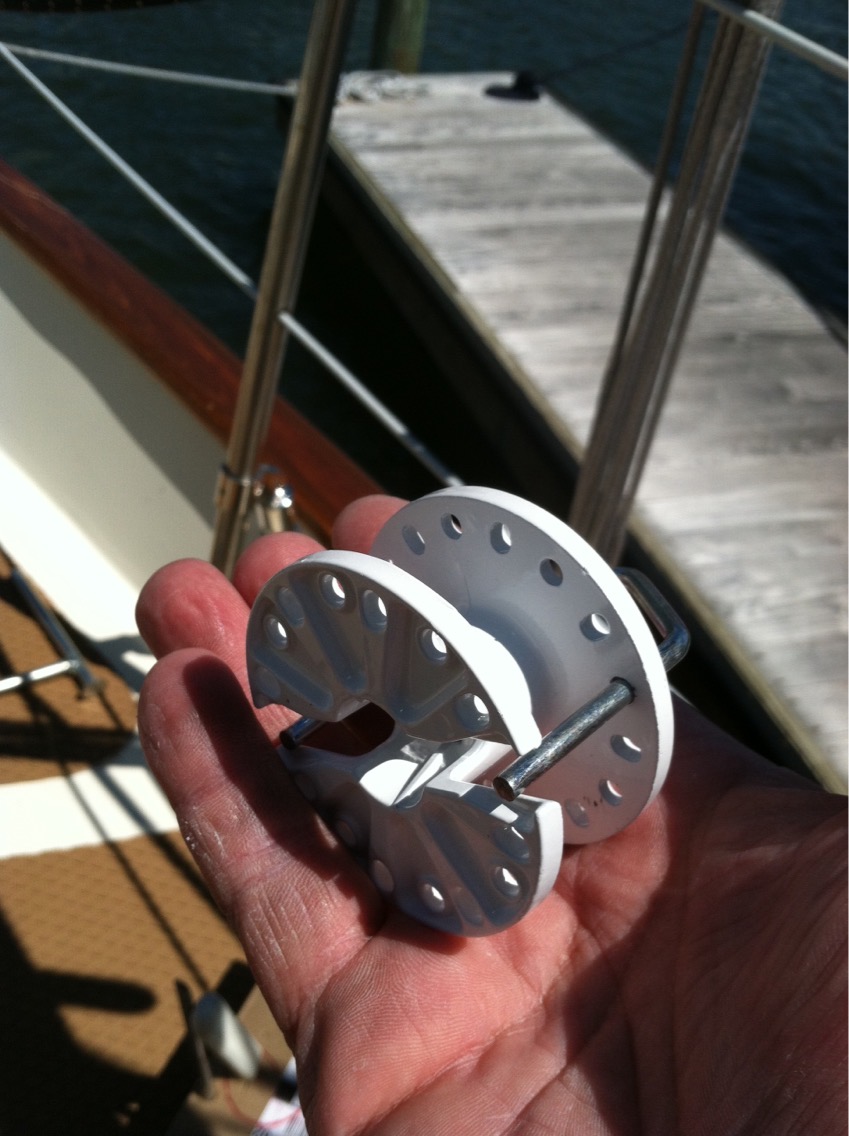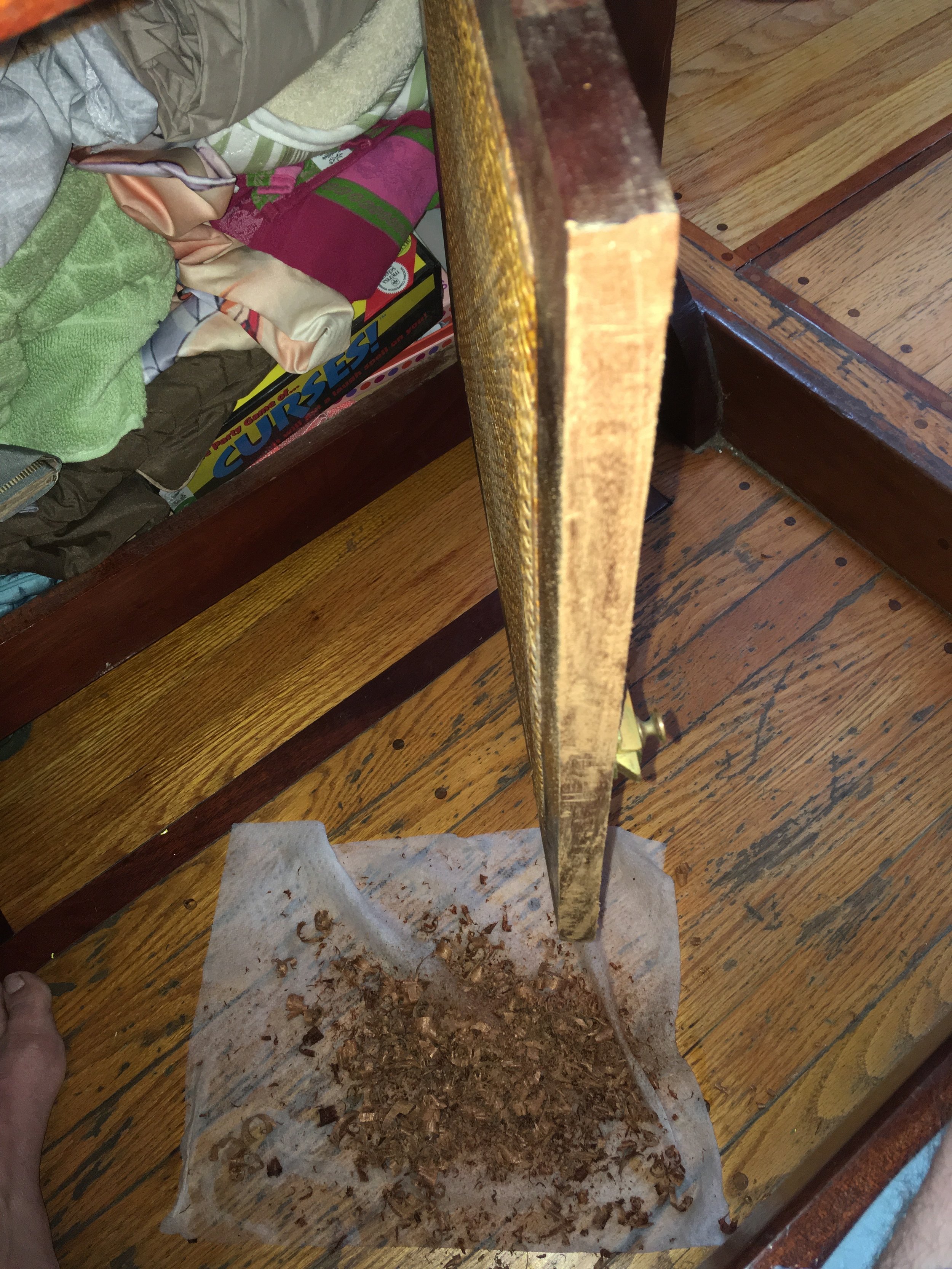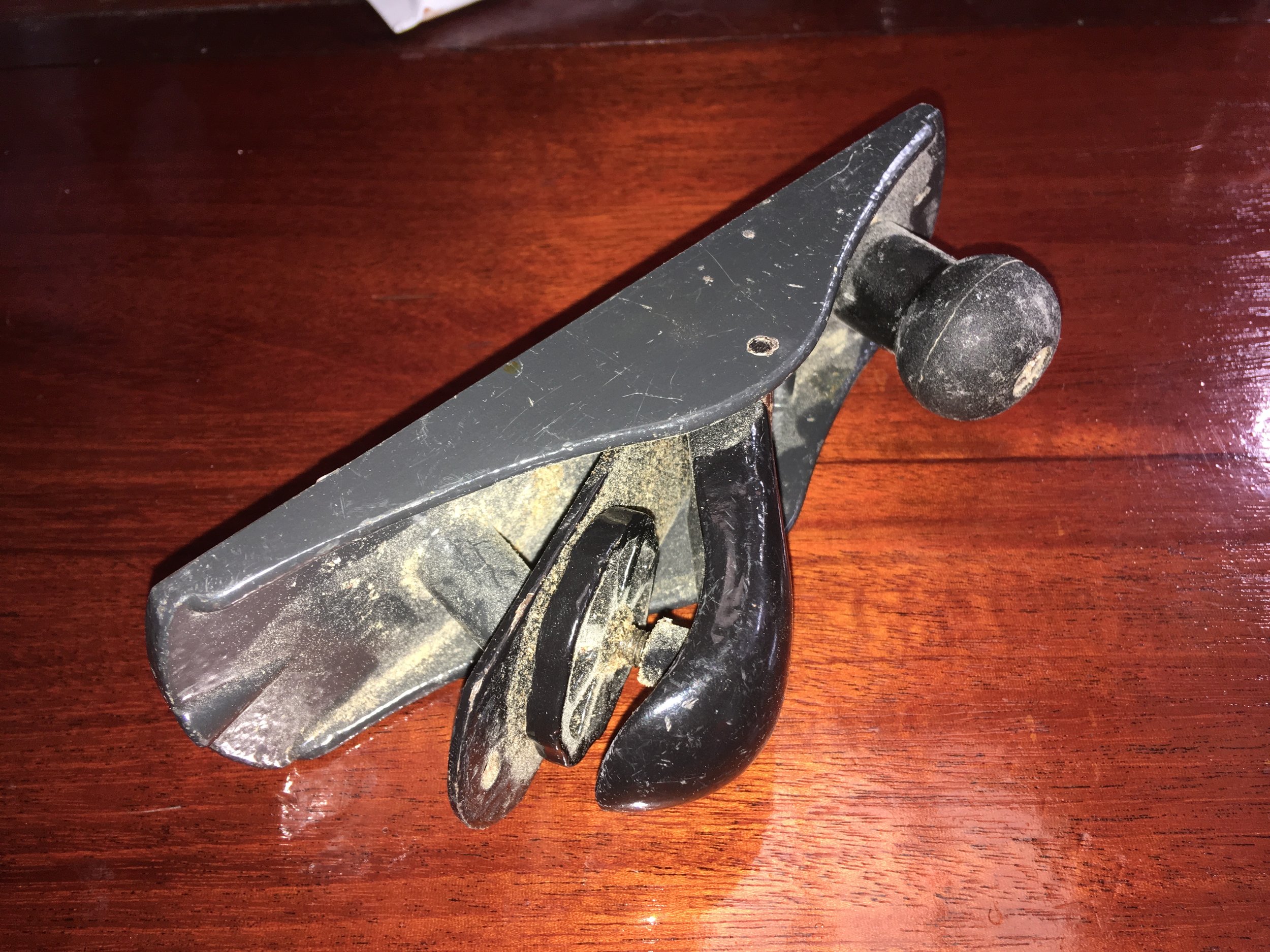When you want to go from one place to the next, you might find that the shortest is across the ocean. If you are sailing, the quickest way across will be when the wind is blowing well and in the direction you are going.
If there is no wind, you will have no power with your sails. If the wind is on your bow, you will have to beat into the wind and waves as you tack towards your desitnation, easily sailing 2 to 3 times the distance between the two points.
Picking when to go based on the weather will give you the perfect conditions to make your way there quickly and easily.
If you are planning to go in the direction of the prevailing winds, then you will find it easy to choose. Since you are going with the prevailing winds, most of the days will be blowing in the right direction. This means that you will have plenty of times to choose from! Simply picking a day that has fair winds will give you ideal conditions.
If you are planning to go in the opposite direction of the prevailing winds, then you will have to wait for a cold front to come through and reverse the winds. This will blow you to your destination, but the days are not as frequent.
Cold fronts come through periodically, and can vary in intensity. Obviously, you don't want to go out in front of a very powerful cold front, but you also don't want to head out on a very weak one that won't be able to push you along.
It is important to keep in mind that cold fronts are also called "storms" by other people, so be prepared for those kinds of conditions.
We have sallied from Charelston, SC to Ferdinandina, FL moving along quickly under storm sails, and again from Ferdinandina, FL to Fort Pierce, FL thanks to strong cold fronts.
There were small craft advisories, and we were only flying the trysail and staysail, yet we were doing 5-6 knots most of the time with periods of 8-10 knots! The ride was rough and intense, but we did manage to cover two days worth of sailing in a single day!
We worked hard, slept little, and sailed fast. Once we arrived at our next inlet, we were able to pull in and go to sleep for the whole day!










